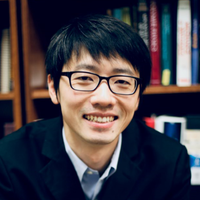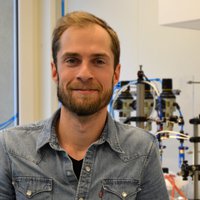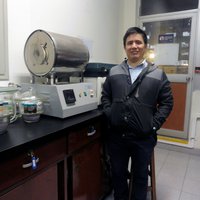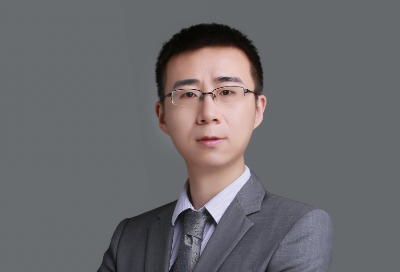The speed of commercial microprocessors has stagnated since
2000. With shrinking transistor sizes, channel length is also
shortened to the sub-ten nanometer regime, leading to unavoidable short channel
effects and high heat dissipation which limits the extending of Moore’s Law. Creating electronic devices with better performance and lower power
consumption has become the common concern of the global semiconductor market in
the post-Moore era.
Liu developed a new technology to fabricate metal-semiconductor
junctions, which could be used to improve transistor performance and to extend
Moore’s Law. Moreover, he experimentally achieved an ideal diode approaching Schottky-Mott
limit, which has guided the semiconductor industry for decades, but was difficult
to be demonstrated.
Liu proposed a new method of constructing "van der Waals
heterojunction" between atomic flat metals and semiconductors: the metal
was first pre-fabricated on the sacrifice substrate and mechanically released and then physically laminated on the surface of the dangling-bond-free semiconductors.
Using this method, the intrinsic surface states of the semiconductor and the
interface states generated from the metallization processes can be minimized at
the same time, resulting in an ideal diode approaching the Schottky-Mott limit.
Schottky-Mott’s rule predicts that the Schottky barrier is dedicated
by the metal work function. To demonstrate this, Liu chooses different metals with
distinct work functions to observe variations of the measured Schottky barrier. After the development of van der Waals metal-semiconductor
diode, the result was published in Nature, and Liu was the first author.
The paper was selected as ESI's (Basic Scientific Index Database) hot article (top
0.1%) and was featured by more than 10 international media.
In 2016, Liu successfully peeled a variety of metals with
different work functions from the sacrifice substrate, becoming an important
node in extending the van der Waals integration method to three-dimensional
metals. The van der Waals heterogeneous integration methods can be further
extended to different materials, as well as their different combinations, stacking
sequences, and rotations angles, promising a more general cold metallization approach.
In the future, Liu intends to focus on III-V semiconductor devices, which may
have better electrical and optical performance than silicon.
In the field of commercialization, Liu has developed a new
type of flexible electrode, which can be implanted in organisms for transdermal
delivery, or collect biological, electrical and pressure signals, and more.
At present, Liu has published more than 70 papers in the
field of electronic devices, including 5 papers on Nature and more than 10 papers on
Nature series journals, which have been cited over 8,000 times. Liu was
selected as the High Cited Researcher by Clarivate Analytics in 2018 and 2019.




